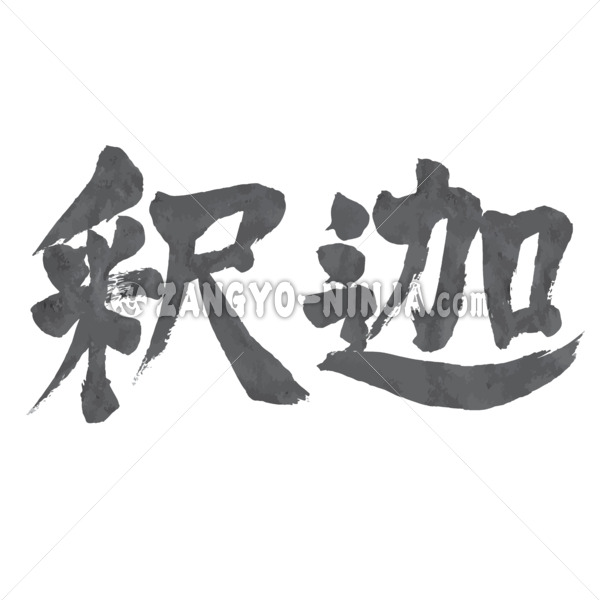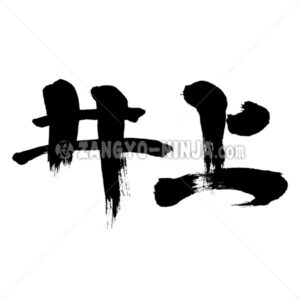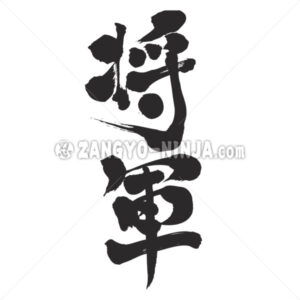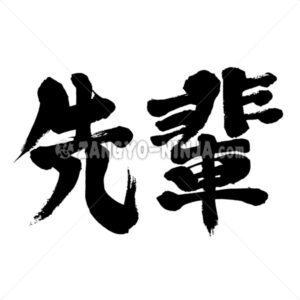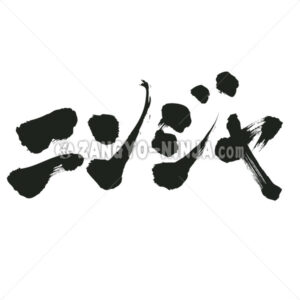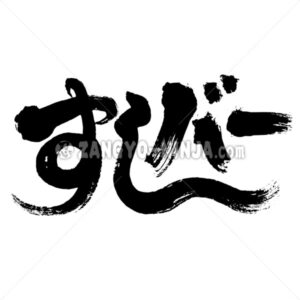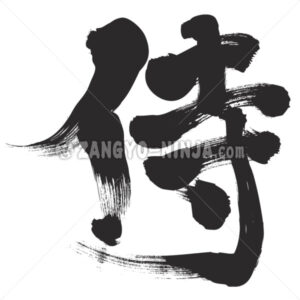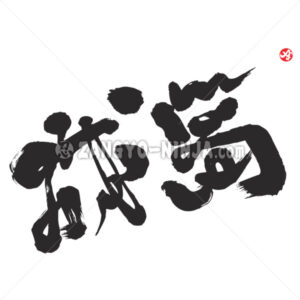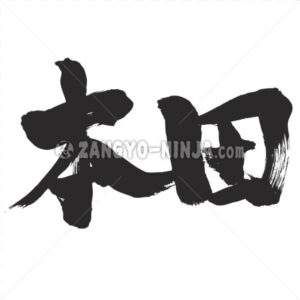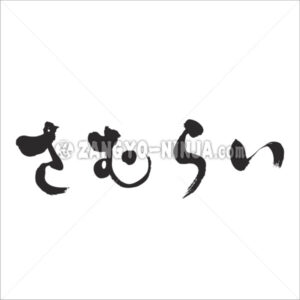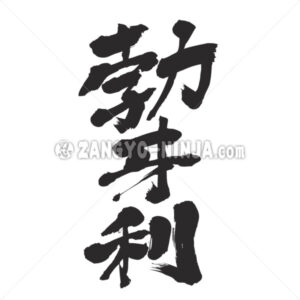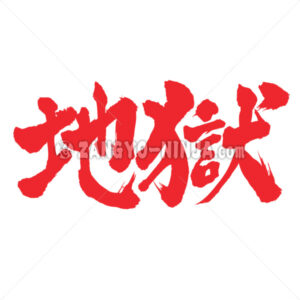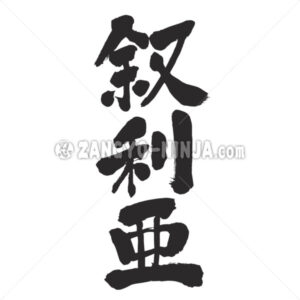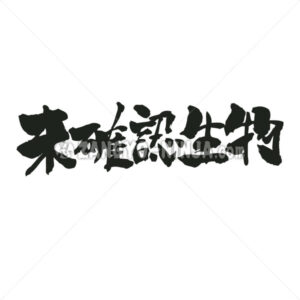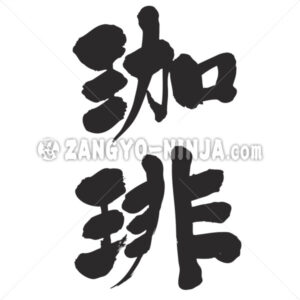Description for “Sakyamuni in Kanji”
Founder of Buddhism. Although there are various theories about the dates of his birth and death, it is difficult to determine, but the most popular theories are 565-486 BC and 465-386 BC. A transcription of the Sanskrit shakya. Shakyamuni was originally the name of a tribe in northern India, but is now widely used to mean a Buddha from that tribe.
Siddhartha was born in Kapilavastu Castle in the present-day Tarai Basin in southern Nepal to King Suddhodana (King Jobon) as his father.
He got married at the age of 16 and had one child, but became a priest at the age of 29. For six years, he devoted himself to asceticism, meditation, and meditation, and at the age of 35 he attained enlightenment.
Beginning with a sermon at Rokuyaon (Sarnath), he preached to many people of various social classes mainly in the Ganga (Ganges) river basin, and died in Kushinagara at the age of 80. The central point of his teaching was to free himself from the suffering caused by attachment to matter and the ego through a clear understanding of the law of cause and effect. The method of practice also avoided extreme penance and emphasized ethical aspects, so it was accepted by the ruling and merchant classes of the time. Its doctrines have been mystified and idealized into the early Buddhist scriptures.


